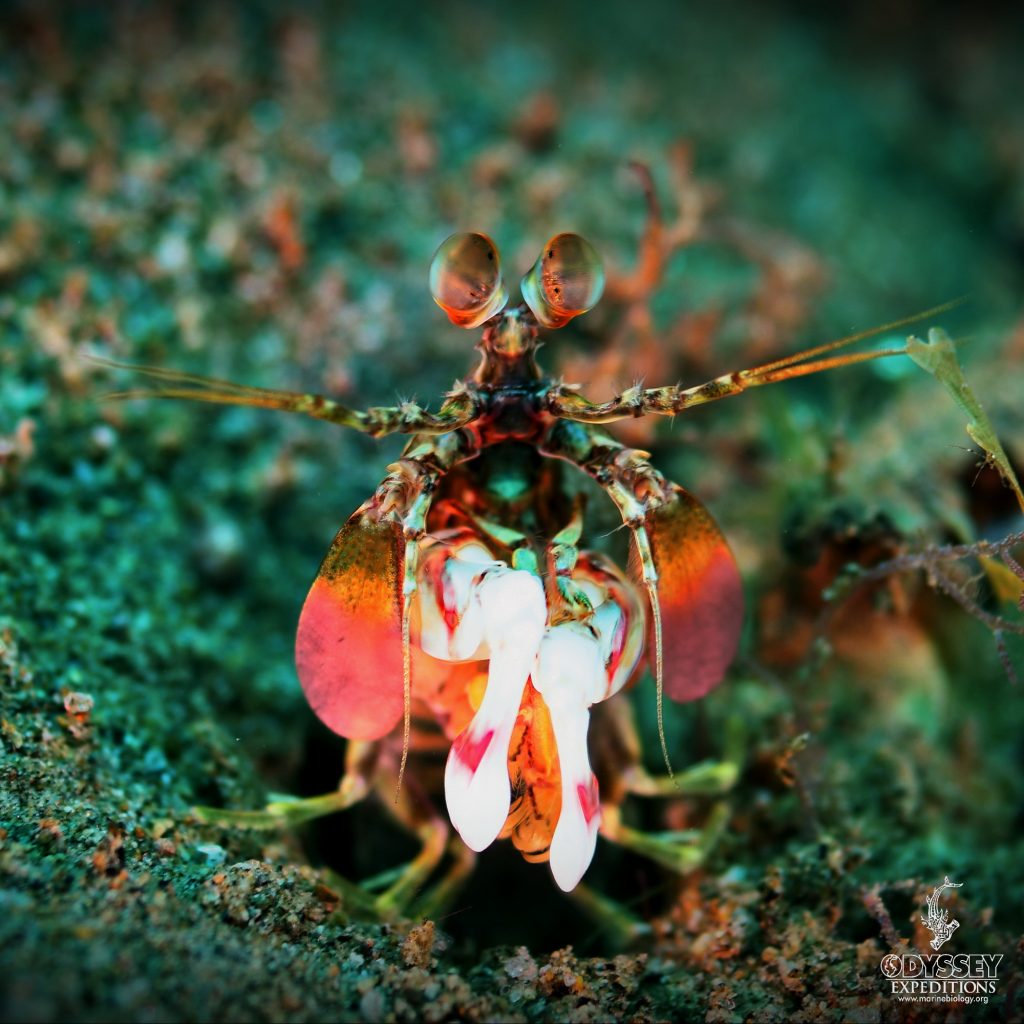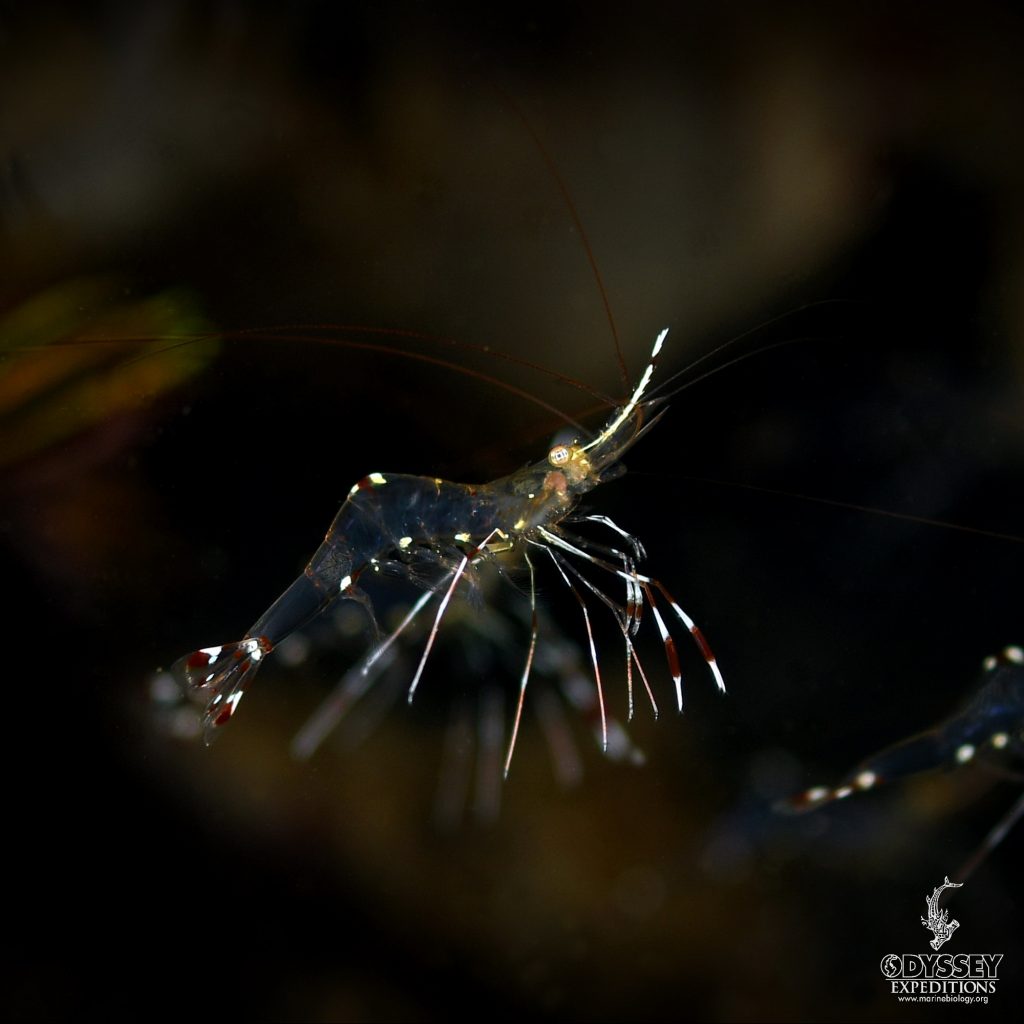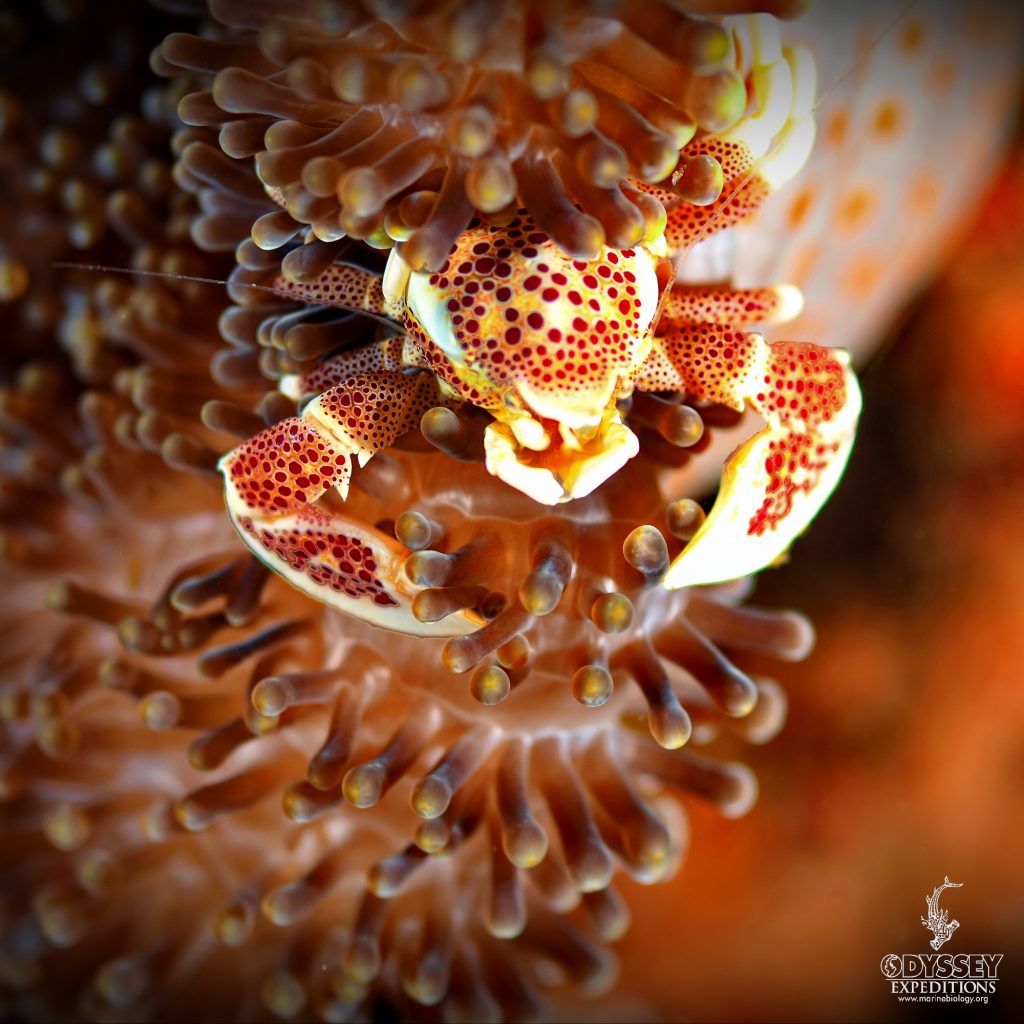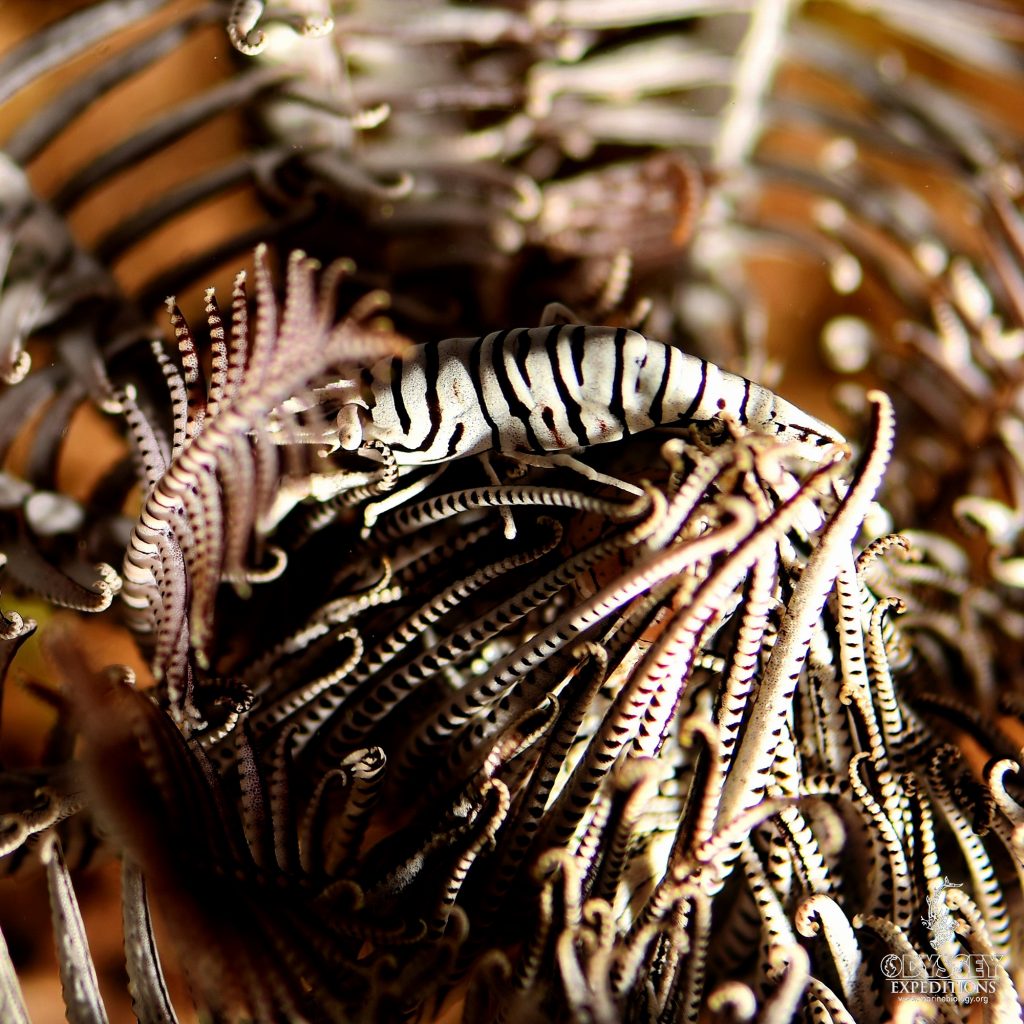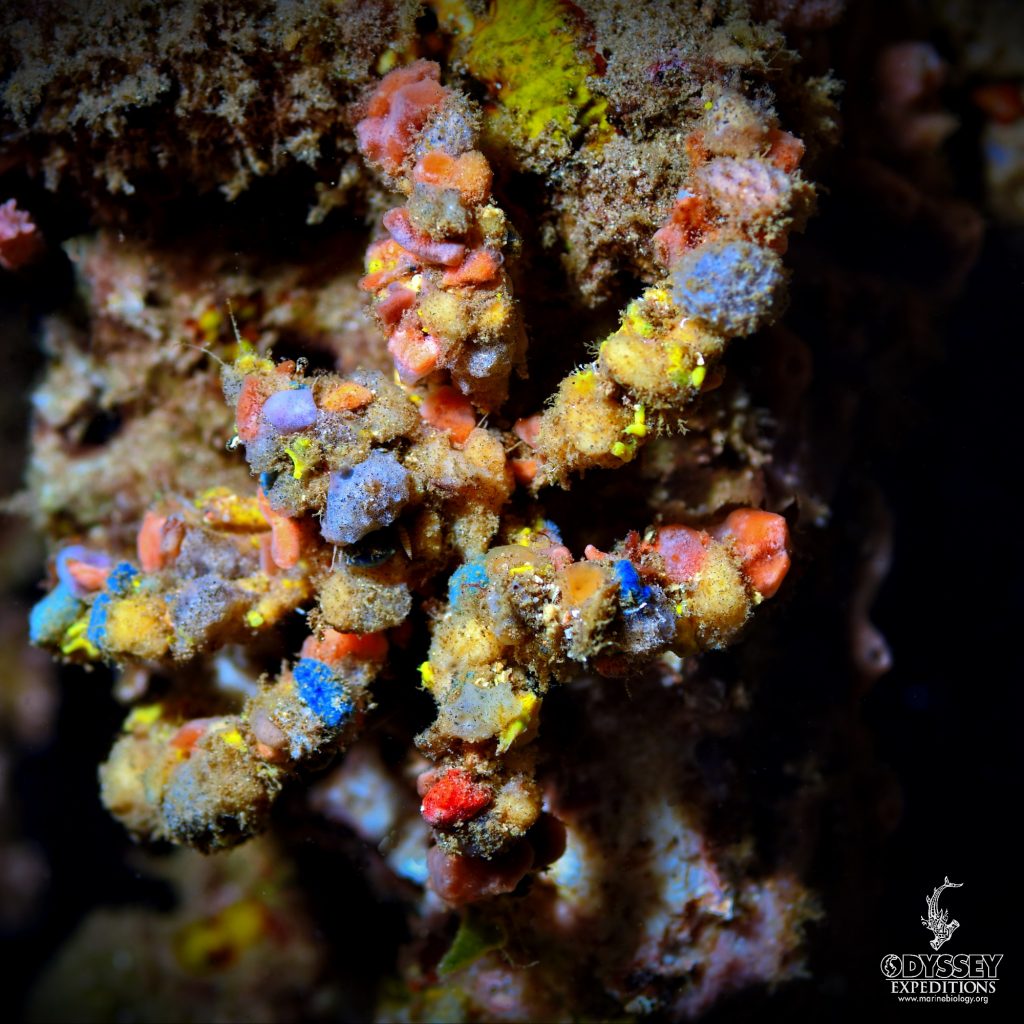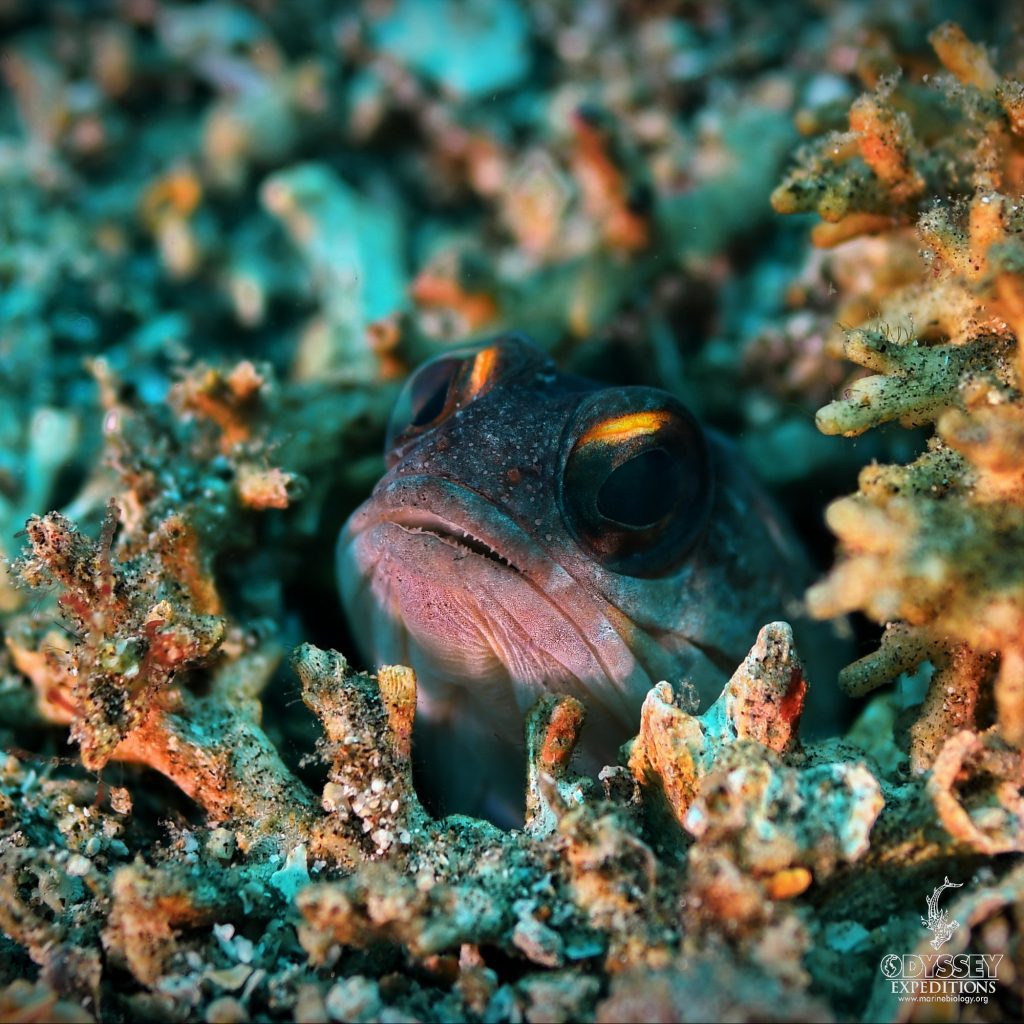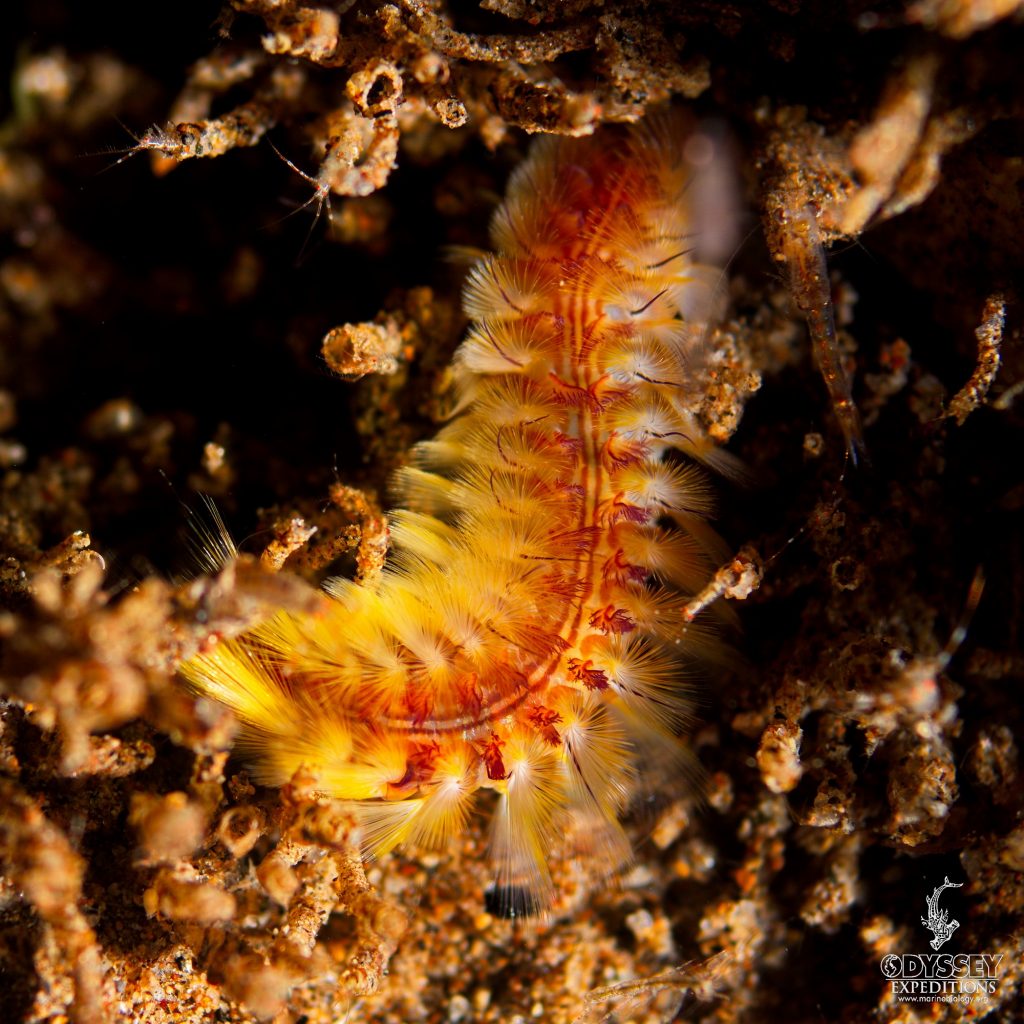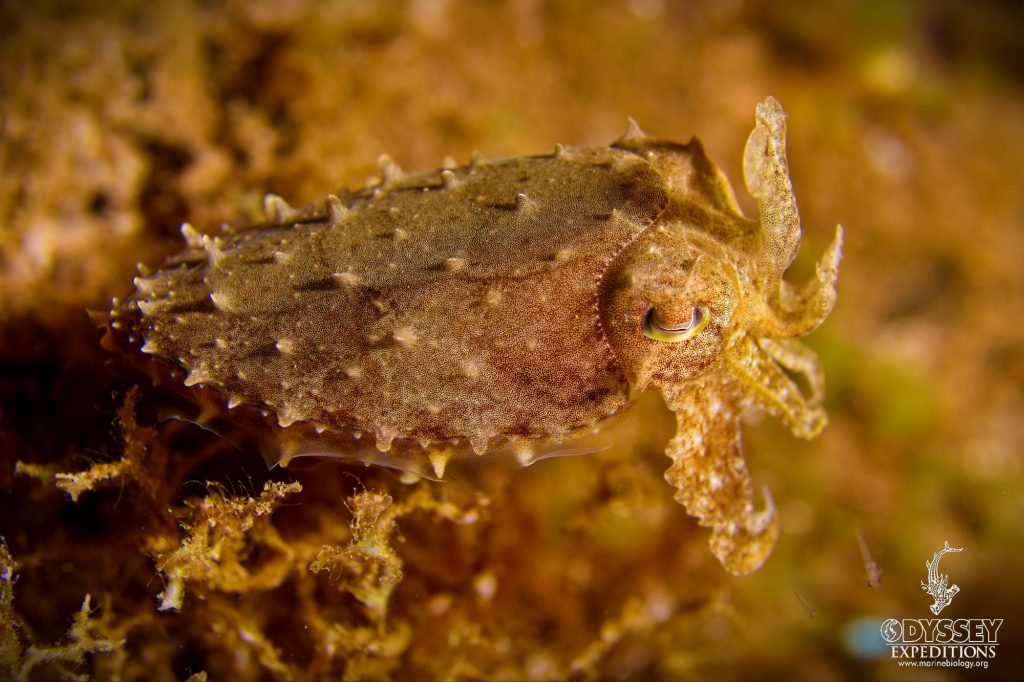Not Muhammad Ali – The Peacock Mantis Shrimp
Peacock Mantis Shrimp – Odontodactylus Scyallarus – a smasher, with club-shaped raptorial appendages. An active hunter, it prefers gastropods, crustaceans, and bivalves, and will repeatedly smash its prey until it can gain access to the soft tissue for consumption. It is reported to have a “punch” of over 50 miles per hour, this is the fastest recorded punch of any living animal.
Here is an interesting read about their clubbing arms:
The stomatopod dactyl club: a formidable damage-tolerant biological hammer. The dactyl clubs exhibit an impressive set of characteristics adapted for surviving high-velocity impacts on the heavily mineralized prey on which they feed. Consisting of a multiphase composite of oriented crystalline hydroxyapatite and amorphous calcium phosphate and carbonate, in conjunction with a highly expanded helicoidal organization of the fibrillar chitinous organic matrix, these structures display several effective lines of defense against catastrophic failure during repetitive high-energy loading events.
Mantis Shrimp Eyes are also Highly unique in the animal kingdom.
Its specialized eyes can pick up several types of light, including infrared and ultraviolet, and its color vision tops ours. It can also see a type of polarized light that no other animal is known to be able to detect. The key to the extraordinary vision is in the structure of its eyes, which consist of six rows of numerous smaller eyes called ommatidia. It is the way the way light-sensing cells in some ommatidia are arranged. They sit at just the angle to convert circularly polarized light (CPL)–a type of light wave that travels in a spiral–to a form that other cells underneath can detect.
Etymology:
- Odonto from Greek “having teeth” and Greek daktylos “finger, toe”
- Scyllarus from Greek skyllaros, kyllaros “hermit crab” + -idae
